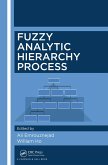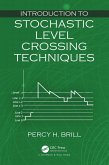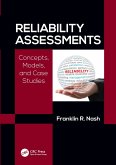
eBook, ePUB
10. November 2020
Taylor & Francis

eBook, PDF
10. November 2020
Taylor & Francis
Ähnliche Artikel



eBook, ePUB
29. September 2023
Taylor & Francis


20,95 €
Sofort per Download lieferbar

eBook, ePUB
14. Juli 2020
Taylor & Francis


eBook, ePUB
15. Dezember 2017
Taylor & Francis

Ähnlichkeitssuche: Fact®Finder von OMIKRON
